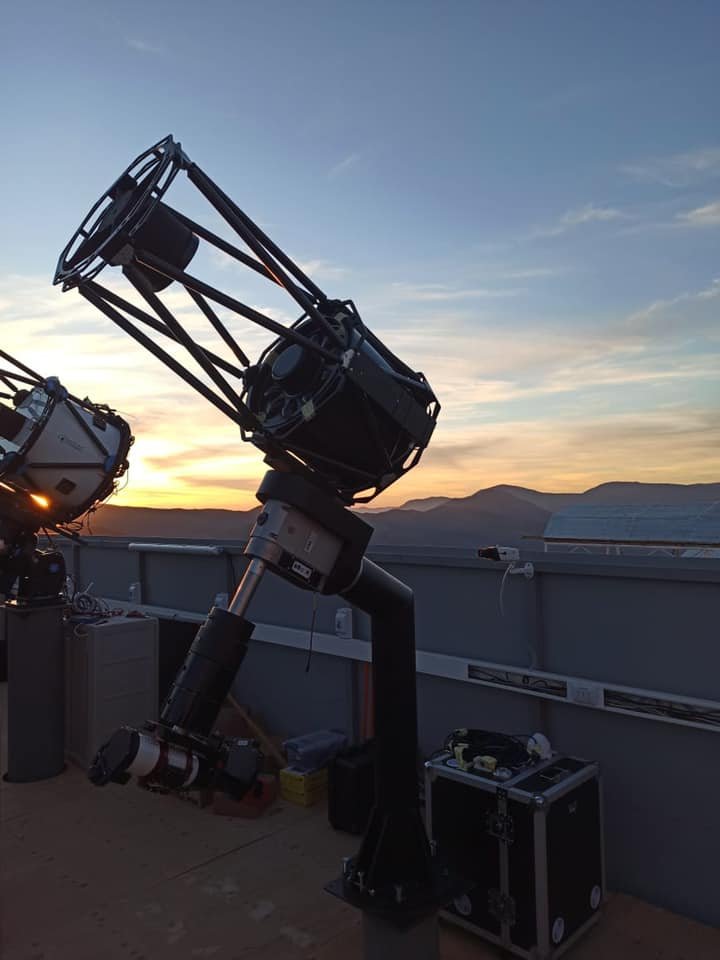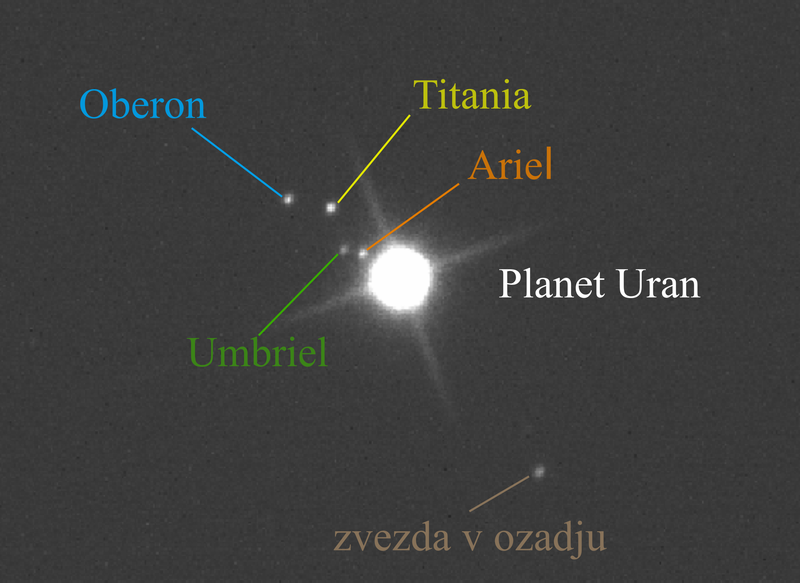GoChile - the first Slovenian telescope in Chile
The high Chilean mountain range is one of the best locations for astronomical observations globally. Dry and constant weather treats us with more than 300 clear nights per year, about six times more than the Slovenian average. Far from city lights, the night sky is incredibly dark, allowing us to observe very faint celestial objects. Furthermore, the images are sharp, thanks to the clear and dry air. Unsurprisingly, Chile hosts some of the best and biggest professional telescopes in the world (e.g. ESO Very Large Telescope, Gemini South, Rubin Observatory).
Since April 2021, Slovenia also has its very own telescope in Chile: the GoChile telescope. Actually, the project consists of two remotely operated telescopes affixed to the same mount. The rich southern sky is in our reach, just a few clicks away.

GoChile is an educational and non-profit project of the University of Nova Gorica and the Spika astronomy magazine. It is used by physics and astrophysics students of the School of Science of the University of Nova Gorica, high school students, and amateur astronomers. By working with the telescope, students gain practical experience in observational astronomy. Furthermore, they learn how to devise and carry out astronomy projects under professional guidance.
The smaller telescope GoT2, with an aperture diameter of 76 mm, is mainly used for astrophotography. The bigger GoT1 with an aperture of 400 mm is suitable for deep and more detailed observations and for carrying out student and research projects. With this telescope, one can study variable stars, galaxies, exoplanets, nebulae, stellar clusters, transients like supernovae, solar system objects, etc.


